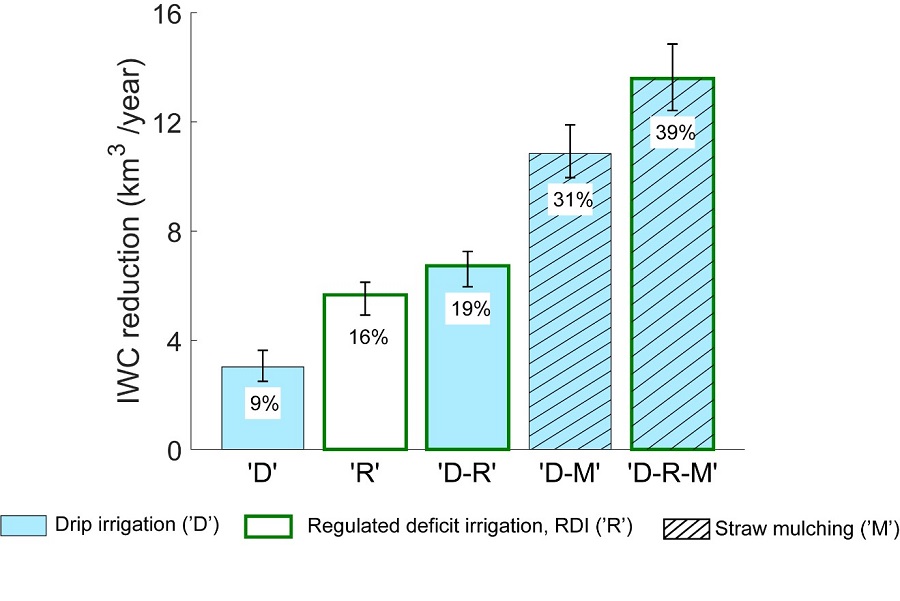On 22 November, Guorui Huang, Ph.D. student of DESS, published a paper entitled “Water-Saving Agriculture Can Delivering Deep Water Cut for China” in Resources, Conservation and Recycling to explore a new perspective on the water-saving potential of agricultural irrigation in China.
Water resource is an important factor limiting China's sustainable social and environmental development. In the face of the serious shortage of per capita water resource and the obvious differences between North and South, the effective use of water resources and water-saving potential in China have become key issues. China's agricultural water use as the largest use of water resources industry, its water-saving space is huge, is still in a large area of irrigation mode. Therefore, exploring the water-saving potential of China's agricultural irrigation can help provide new ideas for alleviating the pressure of China's water resources. At the same time, corn as one of China's three staple grains, the future demand will be increasing with feed demand and energy demand.
In response to this problem, Guorui Huang and others used AquaCrop model to construct the current stage of China's (1995-2014) corn growth and irrigation data, scientific and quantitative different agricultural management combination of water resource consumption and yield, to explore China's agricultural corn water conservation potential and impact. The study found that improving irrigation mode and soil management mode can reduce the amount of corn irrigation in China by 28-46%, especially in the Northeast and North China, where the contradiction between water supply and demand is tight. In the next 50 years of climate change, the optimal combination of different management models, the water-saving effect is stable, not affected by climate change. In addition, this paper explores the potential application of water-saving irrigation under environmentally sustainable conditions, and finds that optimal management measures can increase corn yield by 7-15%.
Ranran Wang, assistant professor of The University of Twente in the Netherlands is the corresponding author of this paper, Dr. Chaoqing Yu of DESS in Tsinghua University and Cross-strait Tsinghua Research Institute is the co-author, as well as other research institutions from the Netherlands, Germany and the United States. The research has been supported by the China Scholarship Council.
Link to the original:https://doi.org/10.1016/j.resconrec.2019.104578
 Water consumption savings under different agricultural management combinations
Water consumption savings under different agricultural management combinations